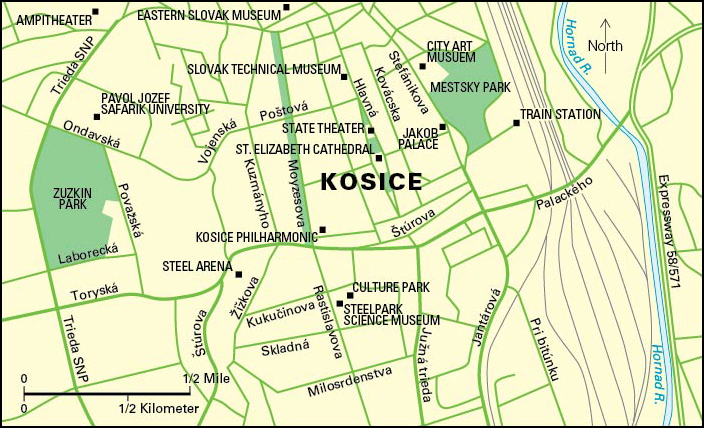Kosice, << KOH shih tzeh >> (pop. 237,206), is the chief industrial center of Slovakia. It lies on the Hornad River at the foot of the Carpathian Mountains.

The center of Kosice dates from medieval times. It includes the Gothic cathedral of St. Elizabeth, begun in the 1300’s. Since World War II ended in 1945, sprawling industrial areas have sprung up around the old part of Kosice. Construction of a huge steel-manufacturing plant attracted many rural people seeking jobs. Large blocks of apartment buildings were constructed to house the work force. Kosice also has food-processing and textile industries and fertilizer plants.
In 1241, King Bela IV of Hungary chartered a settlement that then existed at Kosice. The city was chiefly controlled by Hungary until the end of World War I in 1918. Then, it became part of Czechoslovakia. Hungary regained control during World War II. After the war, Kosice was returned to Czechoslovakia. In 1993, the Czech Republic and Slovakia were created to replace Czechoslovakia.
